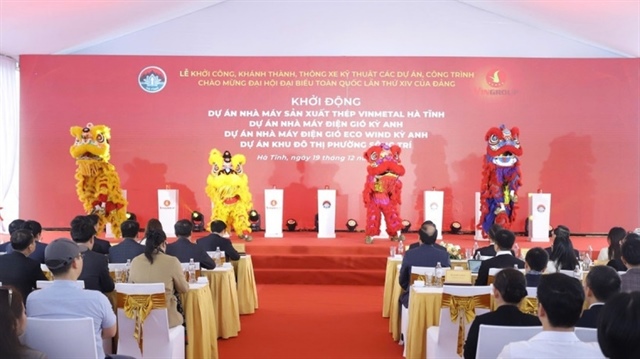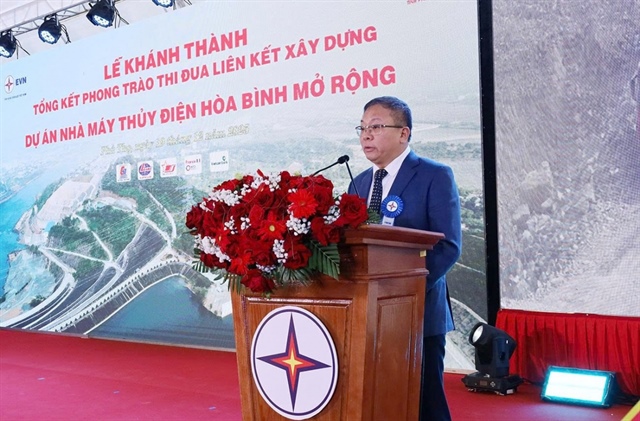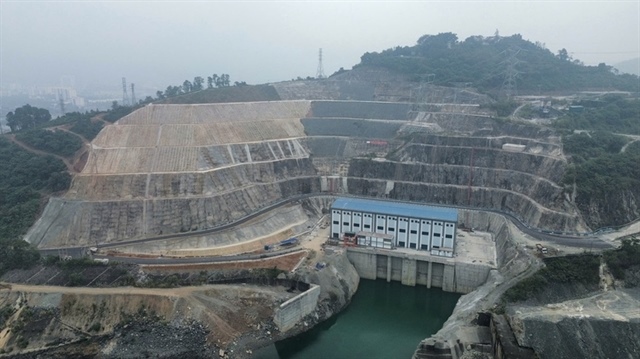Vinalines’ Van Phong port dream torpedoed
Vinalines’ Van Phong port dream torpedoed
State-run Vinalines’ transshipment seaport has drowned with Khanh Hoa People’s Committee offering it to other investors.

Hoang Dinh Phi, deputy director of Khanh Hoa Provincial Van Phong Economic Zone Management Authority, said the Vinalines’ Van Phong port investment certificate had been revoked.
“Vinalines would not continuously pursue this project as it does not have enough financial ability,” said Phi, referring to the financial troubles faced by Vinalines at present.
Vinalines would have one year to complete administrative procedures for liquidating the project, Phi added.
Vinalines president Nguyen Ngoc Hue saw the news as positive as it would allow the firm to concentrate on restructuring. He said Vinalines was working with South Korean contractor SK Group to liquidate the project.
Last year, the Vietnamese government asked Vinalines to make a specific plan for divesting from three terminals in the Cai Mep-Thi Vai port complex in southern Ba Ria-Vung Tau province. These ports are Cai Mep International Terminal, SP-PSA International Port and SP-SSA International Container Terminal that are jointly invested by Denmark’s APM Terminals BV, Singapore’s PSA International and the US’ SSA Marines. Currently, Vinalines is believed to be holding a 51 per cent stake in each terminal.
The Van Phong international transshipment seaport is touted as one of the most important infrastructure projects in the country. The seaport will cover an area of 750 hectares including 37 berths and it could accommodate large vessels up to 15,000, 20-foot equivalent units (TEU). This is such an important port project that the Vietnamese government in 2009 rejected a proposal from South Korea’s Posco Group to build a $5.8 billion steel and power complex on the site.
Vinalines, in collaboration with the Vietnam Maritime Administration, was appointed to plan the seaport, developing it as a hub that can compete with other regional ports like Singapore, Hong Kong and Shanghai. In addition, it gained an investment certificate to develop the starting phase of the port through building the first two berths. Still, Vinalines has delayed construction over the past three years because of financial difficulties. The cancellation of Vinalines’ investment in Van Phong port would leave the country’s aspirations of having an international transshipment port a remote prospect.
Nguyen Manh Ung, deputy general director of Portcoast Consultant Corporation, said Van Phong would not be able to become an Asian transshipment port anytime in the next 15 to 20 years.
“Van Phong has lost it position to be an international transshipment port in Vietnam when three foreign-invested terminals in the Cai Mep-Thi Vai complex are able to accommodate vessels up 11,000 TEUs, that allow shippers to export cargo from the south of Vietnam directly to Europe and North America without transiting at other ports,” said Ung.
vir























